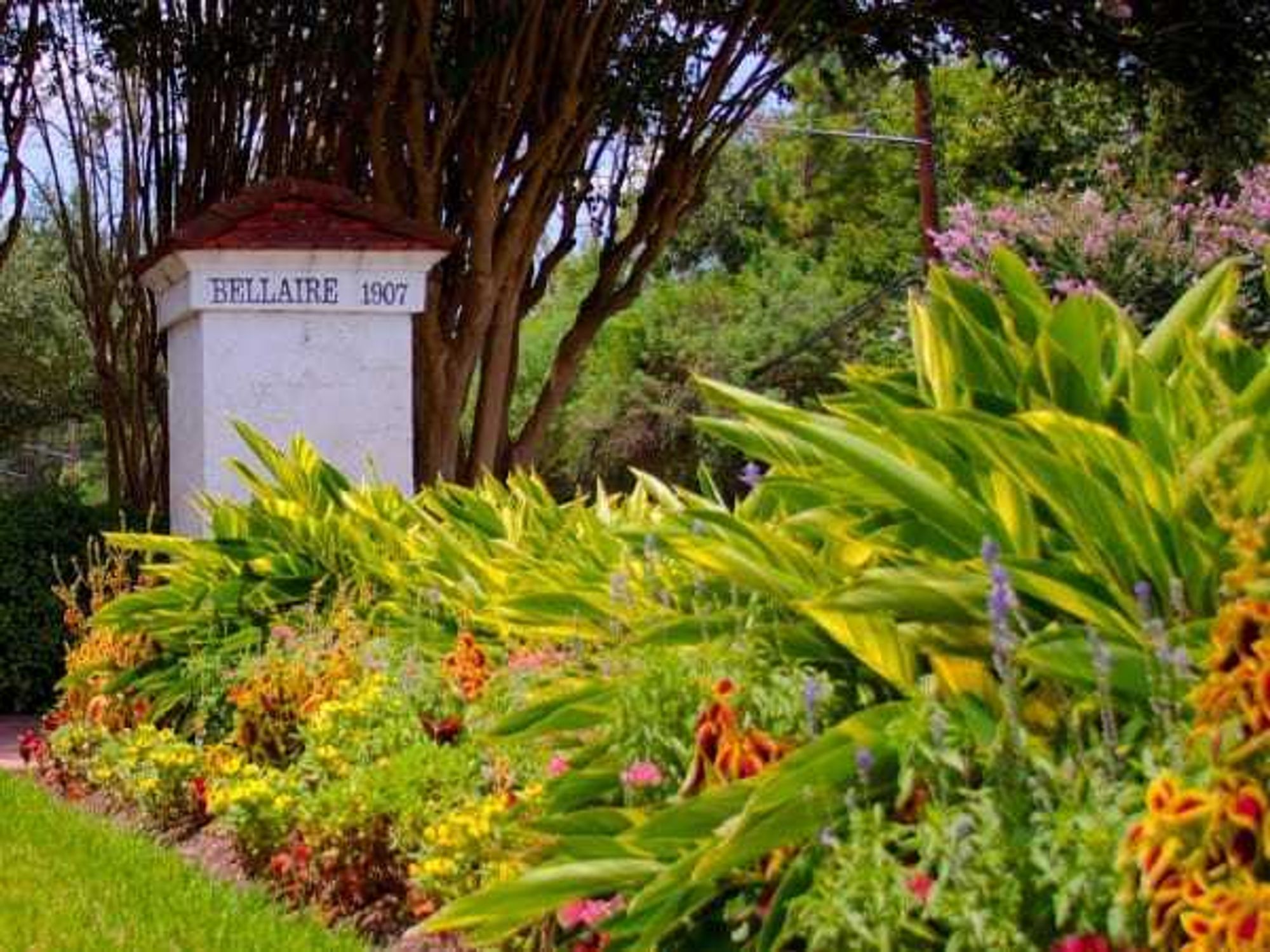It’s hard out there
Cost of living 'comfortably' has spiked in 2 Dallas-Fort Worth cities

The cost of living in two major North Texas cities — Arlington and Fort Worth — has gotten, shall we say, costlier than it has in nearly all other major U.S. cities, according to a new study from personal finance website GOBankingRates.
The study finds that from 2017 to 2018, the cost to live “comfortably” in Arlington jumped 30.53 percent (or $14,172), while it went up 29.44 percent (or $15,610) in Fort Worth. Among the country’s 50 largest cities, Arlington ranked fifth for the steepest hike in the cost of living; Fort Worth came in at No. 6.
GOBankingRates’ study examines the amount of money needed to pay for necessities such as food, rent, utilities, transportation, and healthcare, as well as the amounts that should be budgeted for savings and discretionary spending. These costs then were folded into a “live comfortably” income to determine the cities where it’s becoming more difficult to make ends meet.
In its assessment of Arlington, GOBankingRates notes that despite reasonable rents and cheap groceries, it’s “still one of the worst places to live if you’re trying to save money.”
As for Fort Worth, GOBankingRates calls it one of the worst cities for minimum-wage earners, with residents needing to make more than $68,000 a year to live comfortably.
Still, the cost-of-living situation in Arlington and Fort Worth isn’t as dire as it is in Austin.
GOBankingRates ranks Austin second for the biggest increase on the “live comfortably” index, rising 33.92 percent from 2017 to 2018. The study shows that Austin’s year-over-year increase of $18,532 was the largest among the 50 cities.
Elsewhere in Texas:
- San Antonio appears at No. 10 in the study, with a 26.76 jump ($12,350) in the cost of living comfortably from 2017 to 2018.
- Houston lands at No. 20 in the study, with a 23.45 percent jump ($13,182) in the cost of living comfortably from 2017 to 2018.
In all, one-fifth of the study’s top 20 cities are in Texas.
GOBankingRates researcher Andrew DePietro says the appearance of five Texas cities in the top 20 is a reflection of the state’s economic and population growth.
“Texas has been particularly hot in terms of real estate and Americans migrating to the state,” DePietro says. “The increase in population and wealth, via more jobs, leads to a steady increase in general cost of living, but especially housing.”

 David and Melissa Loder's Elf Town is on Penbrook Court in the Deerfield subdivision of Plano. Photo courtesy of David and Melissa Loder
David and Melissa Loder's Elf Town is on Penbrook Court in the Deerfield subdivision of Plano. Photo courtesy of David and Melissa Loder